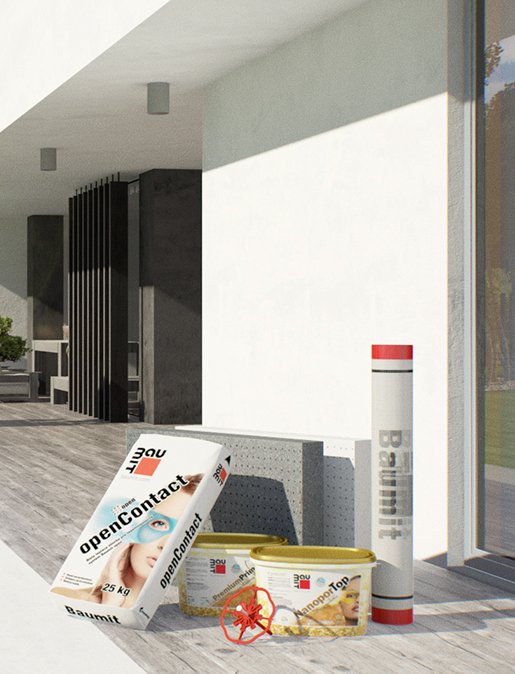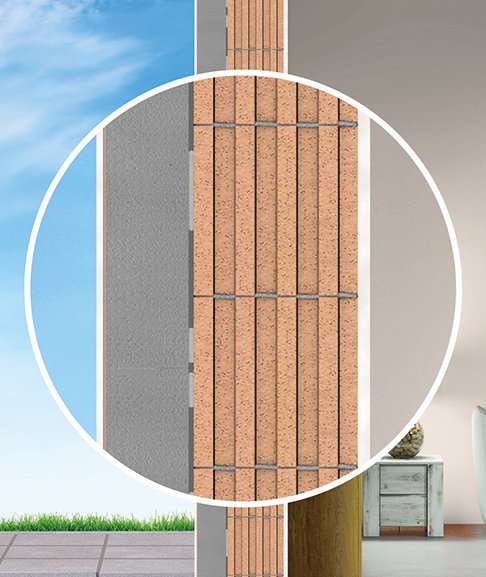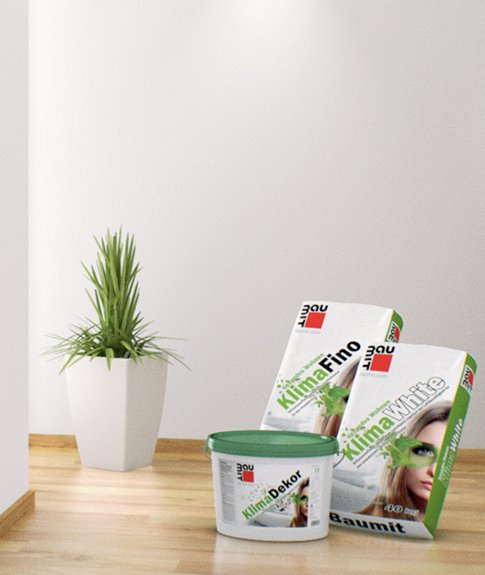


- Discover their stories now -
"There is no doubt: Improved indoor air quality has a significant positive impact on wellbeing and health. It helps to increase cognitive performance, and leads to a better night’s sleep."
Assoc. Prof. DI Dr. Hans-Peter Hutter, Medical University of Vienna
The research shows that 3 important areas must be considered when you want to build healthy house.
Good insulation ensures a balanced interior climate and improves the overall living comfort.
An uninsulated brick house needs 2.5 times more energy in comparison to an insulated one*. In other words, in an insulated house you need only 40% of the actual energy costs.
* With reference to the outer walls with same roof and floor insulation.



Thick walls serve as an energy regulator. Houses with good insulation and thick walls save energy best and equalise short-term temperature fluctuations optimally. It does not matter whether we are talking about hot or cold days.
Of course, there can be different needs for different projects:
– Brick and plaster is the best for climate control
– Concrete and plaster provide sound insulation and protection against electrosmog
– Solid wood is good for room acoustics and room climate regulation
Klima interior plasters with 1,5 cm thickness make a significant contribution to regulating air humidity of interior walls and reduce the development of health-damaging organisms. People feel most comfortable with air humidity ranging between 40% - 60%.
